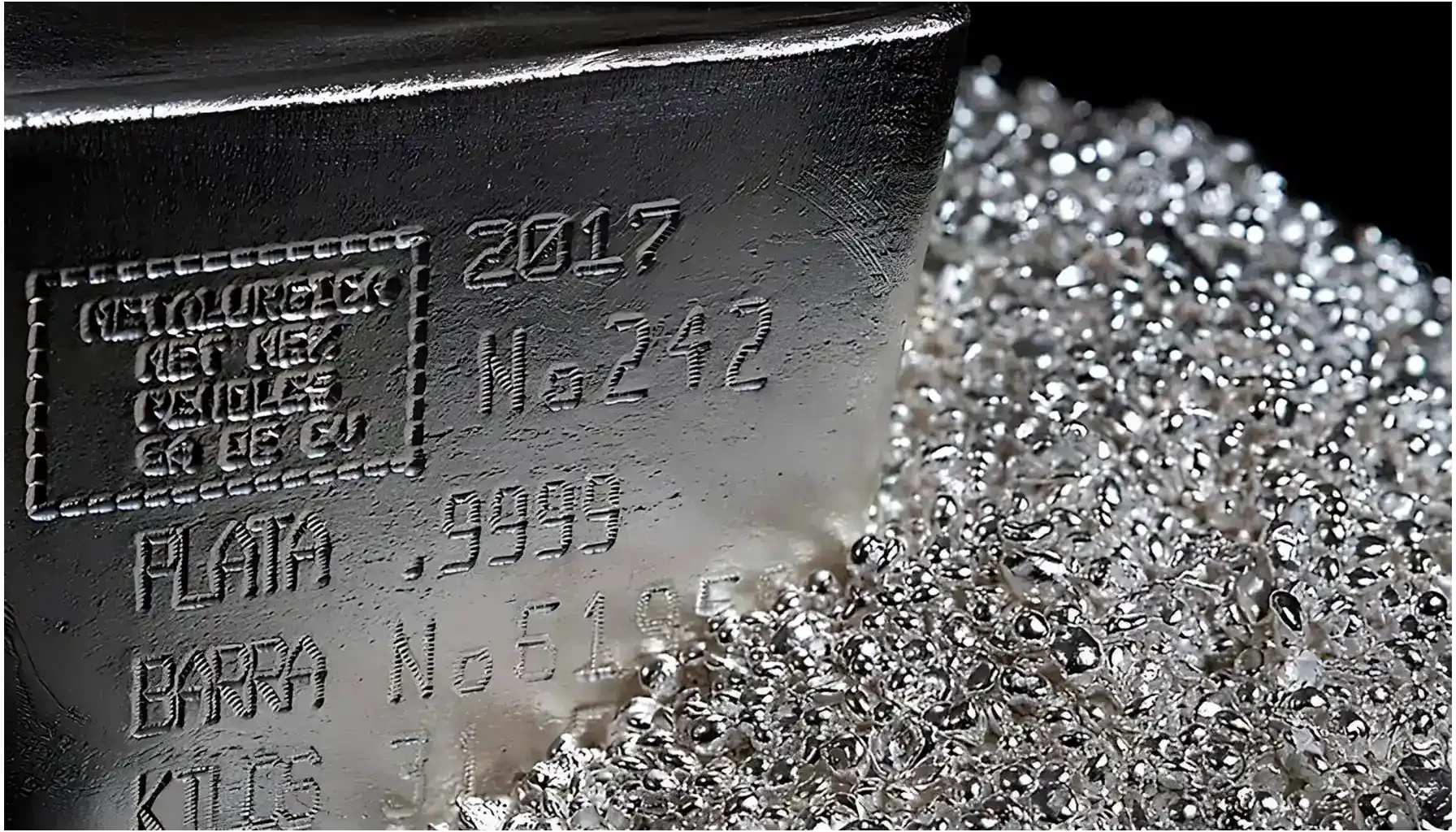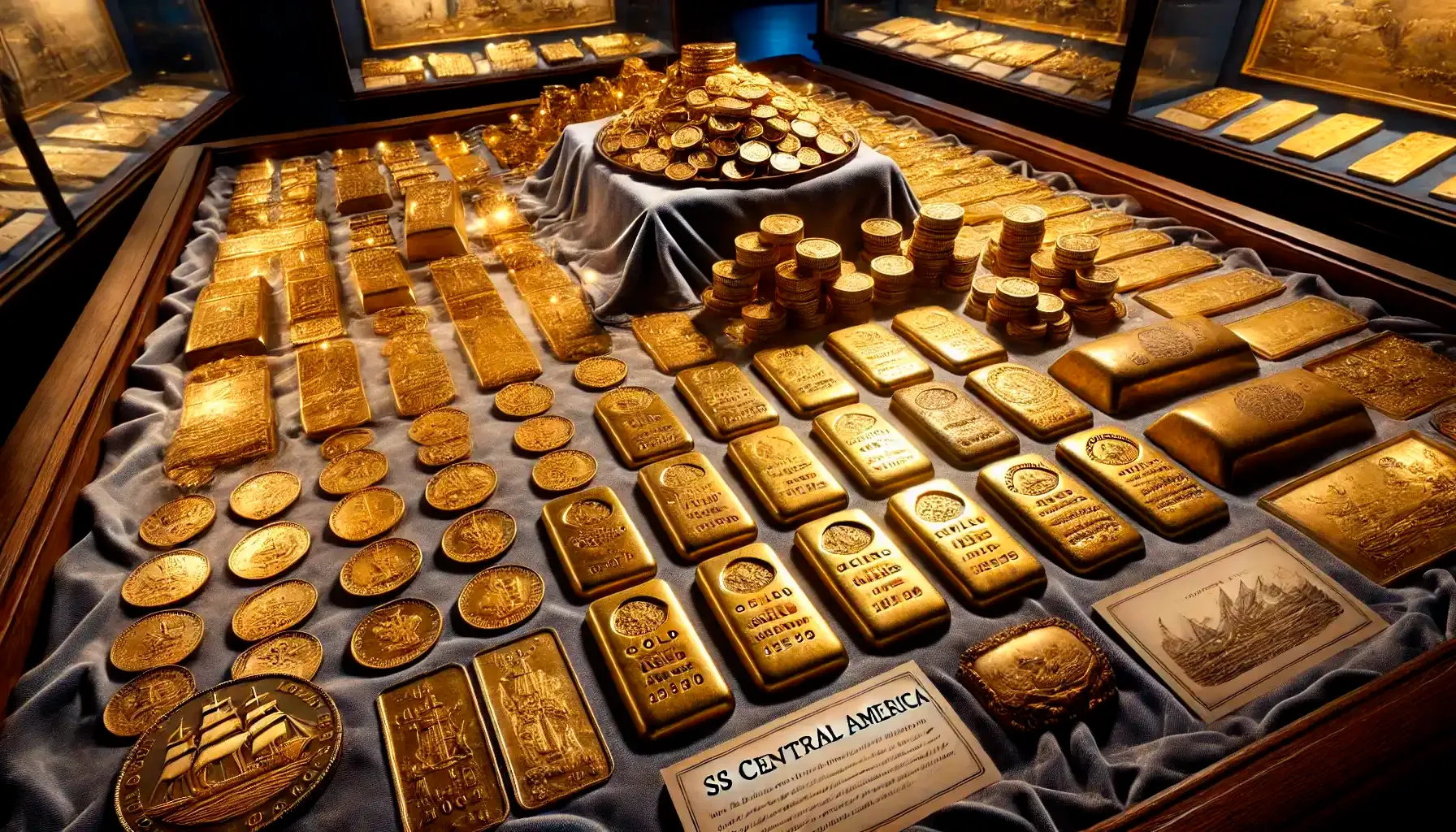This Cherry Pickers coin guide is a true bible for coin collectors seeking to discover secret treasures among apparently ordinary specimens. For over 30 years this book has been the board Cherry Pickers guide book for experienced collectors looking for inspiration and knowledge to find the unusual coin varieties most people overlook.
About the Cherry Picker Guide
Characteristics | Description |
Title | Cherrypickers' Guide to Rare Die Varieties of United States Coins |
Authors | Bill Fivaz, J.T. Stanton |
The First Edition | 1990 |
Number of Editions | 6 |
Last Edition | 2024 |
Publisher | Whitman Publishing |
Book Volume | 320-500+ pages |
The Cherry Pickers guide to coins was first published in 1990 and gained instant popularity among numismatists.
Over the decades, the book appeared in new editions and was complemented by the discovery of new rare varieties. A total of six editions were published, with the latest in 2024.
As of April 2025, there is no official Cherrypickers' guide 7th edition, as well as no Cherry Pickers guide 2025.
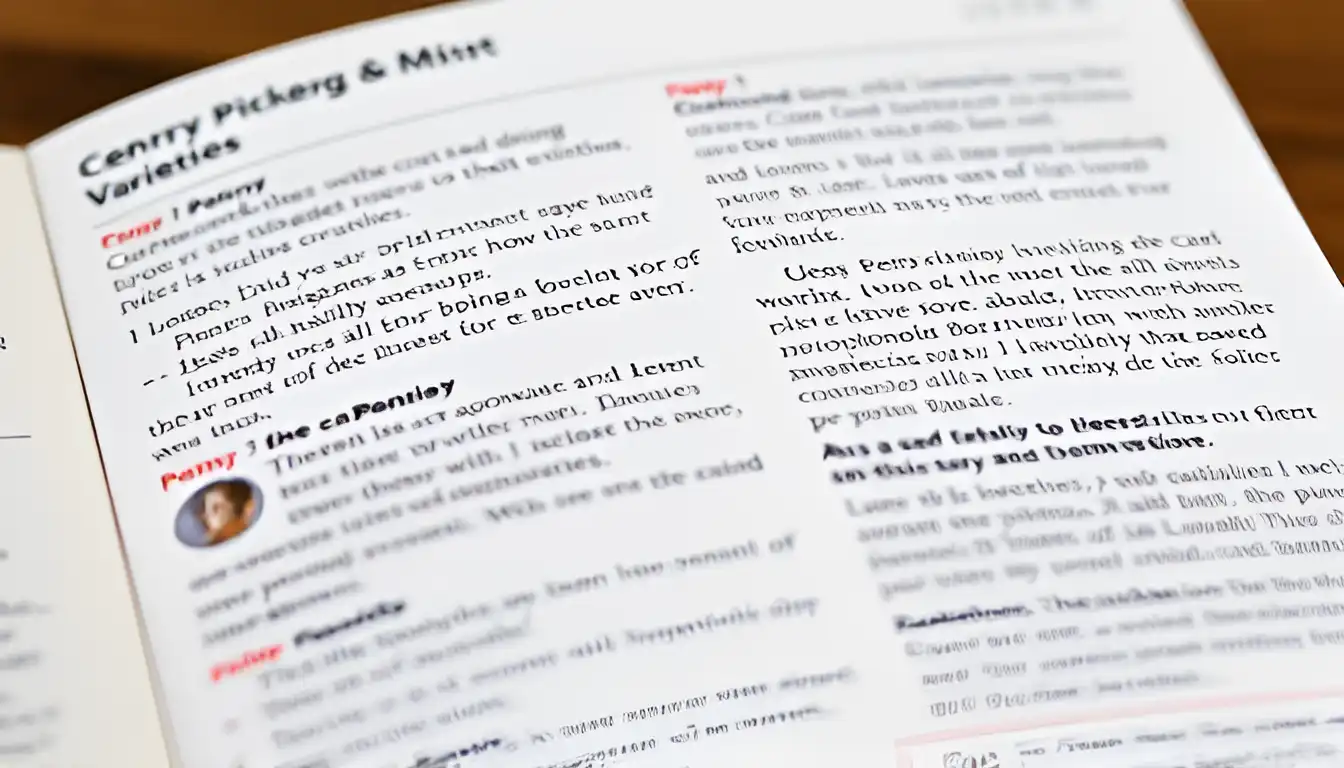
What Inside?
The Cherrypickers guide pdf and paper, 6th Edition, is divided into three volumes, each focusing on different denominations and coin types.
Volume I: Half Cents to Nickels
Half Cents
Large Cents
Flying Eagle Cents
Indian Head Cents
Lincoln Cents, e.g., 1982 penny
Two-Cent Pieces
Those with the motto ‘IN GOD WE TRUST’
Three-Cent Pieces (Silver and Nickel)
Shield Nickels
Liberty Head Nickels
Buffalo Nickels
Jefferson Nickels
It includes over 680 varieties, more than 1,000 images, and 150 newly published varieties.

Volume II: Dimes to Quarters
Half Dimes
Dimes
Twenty-Cent Pieces
Quarters
It provides information on 442 varieties, including 79 newly published ones, and includes over 1,000 images.
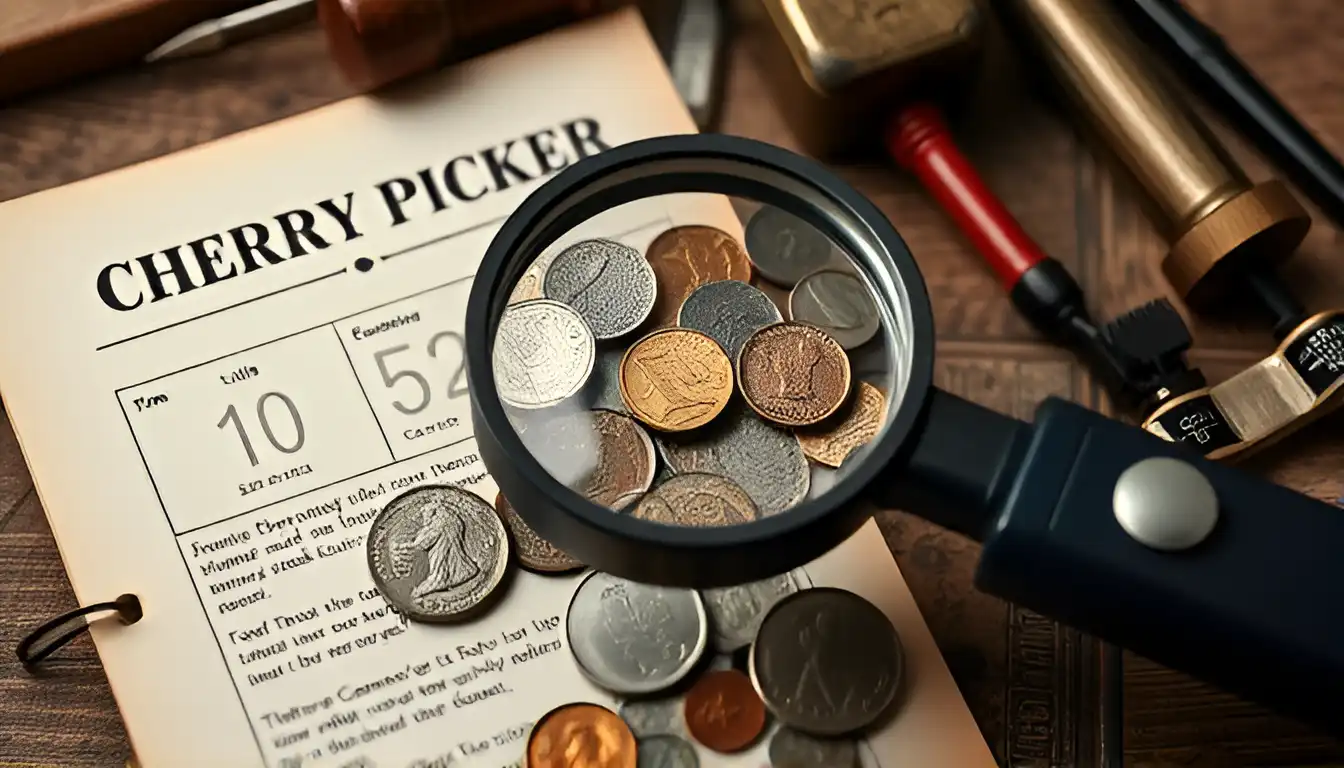
Volume III: Half Dollars to Bullion Coins
Half Dollars
Dollars
Gold Coins
Classic Commemoratives
Bullion Coinage
It features over 310 unique varieties, more than 700 images, and includes new content on "Long Nock" Morgan-dollar VAM varieties, Cherry Pickers guide to error coins, and Presidential dollar edge varieties.
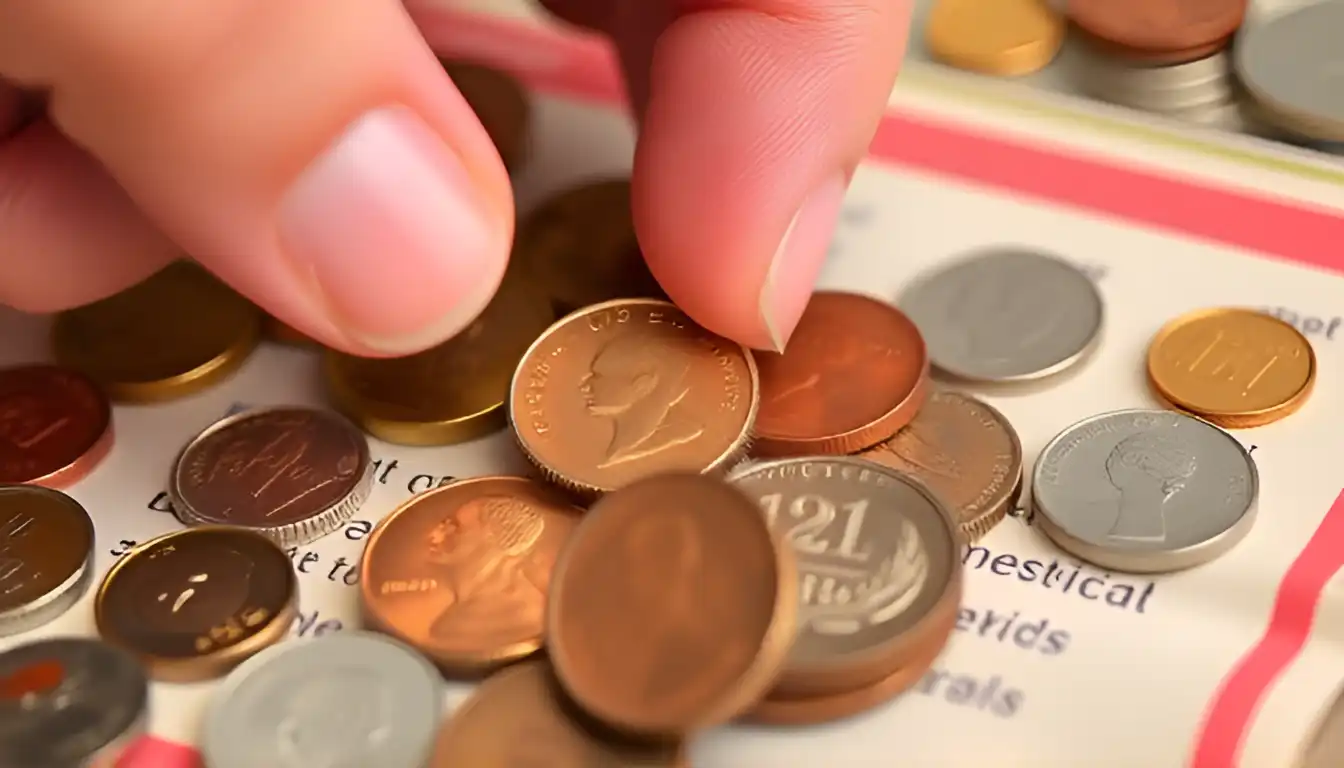
Note: You may try our coin finder by image.
Where to Buy
1. Amazon
2. Whitman Publishing
The complete set of all three volumes for $99.99.
3. Greysheet
The full set of the 6th Edition for $99.99, with individual volumes priced at $34.95 each.
Please note that prices of the Cherry Pickers guide pdf and paper, and availability are subject to change.
Caution Regarding Unofficial Sources
Be cautious when encountering unofficial sources offering free Cherry Pickers guide for pennies downloads. These versions are often unauthorized and may infringe on copyright laws. Cherrypickers' guide pdf download free materials can expose you to legal risks and may involve unreliable or incomplete content.

